Monte Inwangsan (인왕산)
2.2Km 2025-06-13
Okin-dong, Jongno-gu, Seúl
En el monte Inwangsan pueden encontrarse la zona de los rituales del rey Taejo y Muhakdaesa y la muralla fortificada construida para delimitar Seúl, que une el Túnel Sajik con Jahamun. Muchas personas disfrutan de la ruta de senderismo que comienza en el Túnel Sajik y avanza hacia el pico de la montaña, para después caminar al lado de la muralla y llegar a Buam-dong. Esta ruta de senderismo también está conectada con la carretera situada ante Cheong Wa Dae, por lo que los excursionistas pueden ver lugares históricos como el camino Palpan, el camino Hyoja, y el palacio Gyeongbokgung. La ruta de senderismo que transcurre por detrás del Parque Sajik se dirige a Hwanghakjeong, donde los arqueros de la dinastía Joseon demostraban su destreza. Hwanghakjeong estaba originalmente ubicado en el palacio Gyeongbokgung, pero fue trasladado a la montaña. Desde la cumbre puede disfrutarse de una vista panorámica de los alrededores, con el palacio Gyeongbokgung en el centro, que se extiende hasta los montes Naksan, Namsan y Baegaksan.
La ruta que bordea la muralla es popular entre montañistas que buscan disfrutar del bonito paisaje. Al seguir el sendero dentro de la muralla, aparecerán una serie de peldaños de piedra al pasar Changuimun. Tras subir estos peldaños, el sendero se bifurca hacia la parte exterior de la muralla. El sendero se alarga por 200 metros, hasta unas rocas que fueron usadas para construir castillos en tiempos de los reyes Taejo, Sejong y Sukjong. El oscuro musgo de estas rocas indica la larga historia de Seúl. El sendero también lleva al castillo Tangchundae, construido para fortalecer las defensas de la capital tras la invasión japonesa de 1592 y las incursiones manchúes de 1636.
El monte Inwangsan se eleva hasta los 338 m de altitud, cubriendo Honghe-dong, de Seodaemun-gu, y Muak-dong, Nusang-dong, Ogin-dong y Buam-dong de Jongno-gu. Las colosales formaciones rocosas y vistas de Seúl y de Cheong Wa Dae son algunos de los grandes encantos de esta montaña.
Choryuhyang (초류향)
2.2Km 2025-05-19
24-10, Dadong-gil, Jung-gu, Seoul
Palacio Gyeonghuigung (경희궁)
2.2Km 2025-05-13
Saemunan-ro 45, Jongno-gu, Seúl.
Hacia finales de la época de Joseon, el palacio Gyeonghuigung fue considerado como un palacio secundario del monarca; y por su ubicación, hacia el oeste (seo, en coreano) de Seúl, en ocasiones fue nombrado como Seogwol (Palacio del Oeste).
El palacio secundario era el lugar en donde el rey se refugiaba en momentos de emergencia. Desde Injo a Cheoljong, aproximadamente 10 reyes de la dinastía Joseon pasaron algún momento de sus vidas en este palacio. Fue construido respetando el relieve de las montañas que lo rodeaban, por lo que posee una belleza tradicional en su arquitectura y un gran significado histórico. Hubo tiempos en los que tenía una dimensión enorme, por lo que se tuvo que levantar un puente con forma de arco para conectarlo con el palacio Deoksugung. Para la audiencia real, estaban los edificios Sungjeongjeon y Jajeongjeon; y como cuartos privados, los edificios Yungbokjeon y Hoesangjeon. Sumaban un total de aproximadamente 100 edificios de distinto tamaño dentro del palacio. Sin embargo, gran parte del palacio fue derrumbada y dañada por la invasión japonesa de 1908.
Hoy en día, la puerta principal del palacio, Heunghwamun, es utilizada como la puerta de acceso al Hotel Shilla.
Cerca del palacio Gyeonghuigung se encuentra el Museo de Historia de Seúl, la calle Jeongdong y la siempre abarrotada calle Jong-ro. Una vez que haya recorrido Gyeonghuigung, puede cruzar la calle Jeongdong y caminar hacia el palacio Deoksugung. El camino del muro de piedra del palacio Deoksugung está considerado como uno de los más elegantes de la ciudad.
Chamsutgol (참숯골)
2.2Km 2025-05-13
16, Mugyo-ro, Jung-gu, Seoul
+82-2-774-2100
Legación Rusa de Corea (서울 구 러시아공사관)
2.3Km 2022-03-04
Jeongdong-gil 21-18, Jung-gu, Seúl
Parque del Monte Naksan (낙산공원)
2.3Km 2025-08-08
Naksan-gil 41, Jongno-gu, Seúl.
El Parque del Monte Naksan recibe su nombre de su apariencia parecida a la joroba de un camello. En coreano, “nakta” significa camello y “san” significa montaña. De esta forma, la gente se refiere al parque como Parque Nakta o Parque Naksan. La montaña es una base de roca sólida de granito. La familia real de Joseon disfrutaba de la belleza natural de la montaña de granito, pero durante el período de la ocupación japonesa una actitud apresurada de planificación urbana dio como resultado la demolición de gran parte de la montaña. En un esfuerzo por salvar las zonas verdes restantes, el 10 de junio de 2002 el monte Naksan fue designado como parque. Situado en el centro de Seúl, este parque histórico y hermoso permite a sus visitantes contemplar la magnificencia de la ciudad.
Biblioteca de Seúl (서울도서관)
2.3Km 2022-12-14
Sejong-daero 110, Jung-gu, Seúl.
+82-2-2133-0300
La Biblioteca de Seúl ofrece una amplia variedad de documentos, desde materiales relacionados con la historia, la cultura, el urbanismo, el transporte, el medio ambiente, todo tipos de documentos sobre viajes, hasta informes extranjeros, documentos de investigación, materiales visuales e información electrónica.
Dalgaebi (달개비)
2.4Km 2025-05-14
16, Sejong-daero 19-gil, Jung-gu, Seoul
K-POP Cover Dance Festival World Final (K-POP 커버댄스 페스티벌 월드 파이널)
2.4Km 2025-10-23
Sejong-daero 110, Jung-gu, Seúl
02-2000-9324
Festival de Arte Callejero de Seúl (서울거리예술축제)
2.4Km 2025-10-23
Taepyeong-ro 1-ga 1, Jung-gu, Seúl.
02-2088-4957
El Festival de Arte Callejero de Seúl se realiza en las principales plazas y espacios culturales que conectan las grandes calles y avenidas de Seúl. Diferentes manifestaciones artísticas callejeras encuentran un lugar de expresión en este festival. Desde el año 2003 se celebraba bajo el nombre de Festival Hi Seoul, pero en 2016 cambió por su actual denominación.
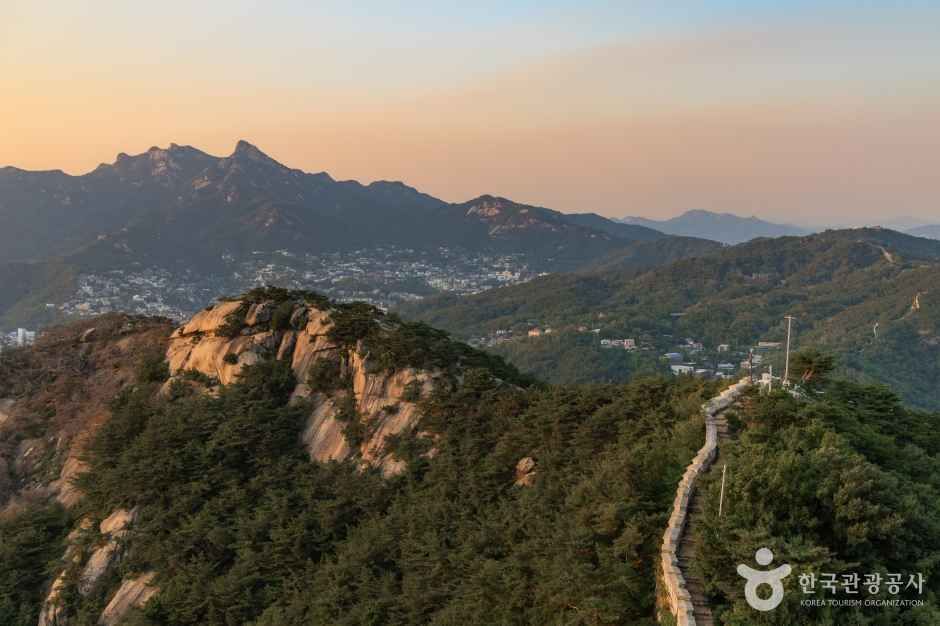

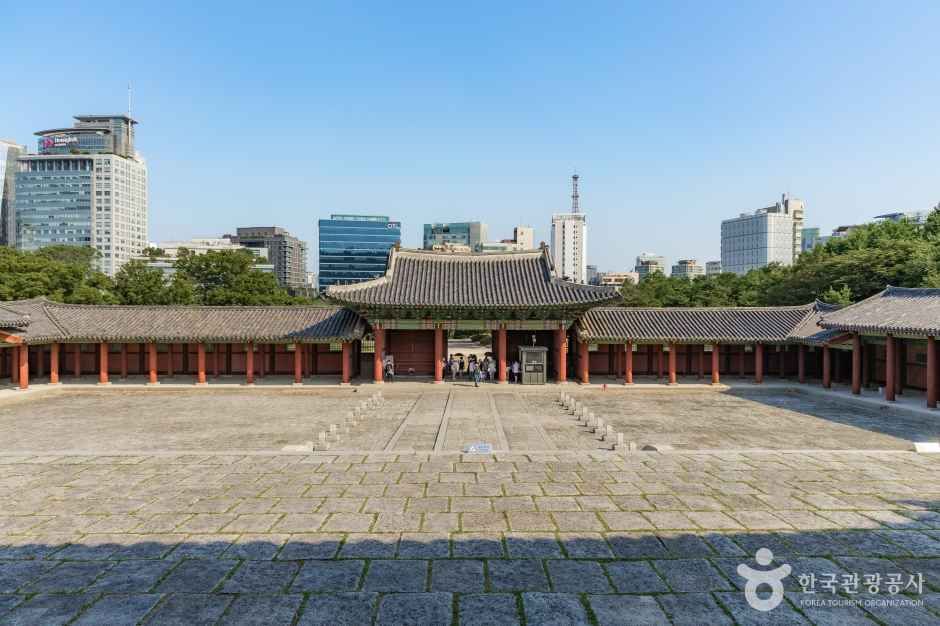
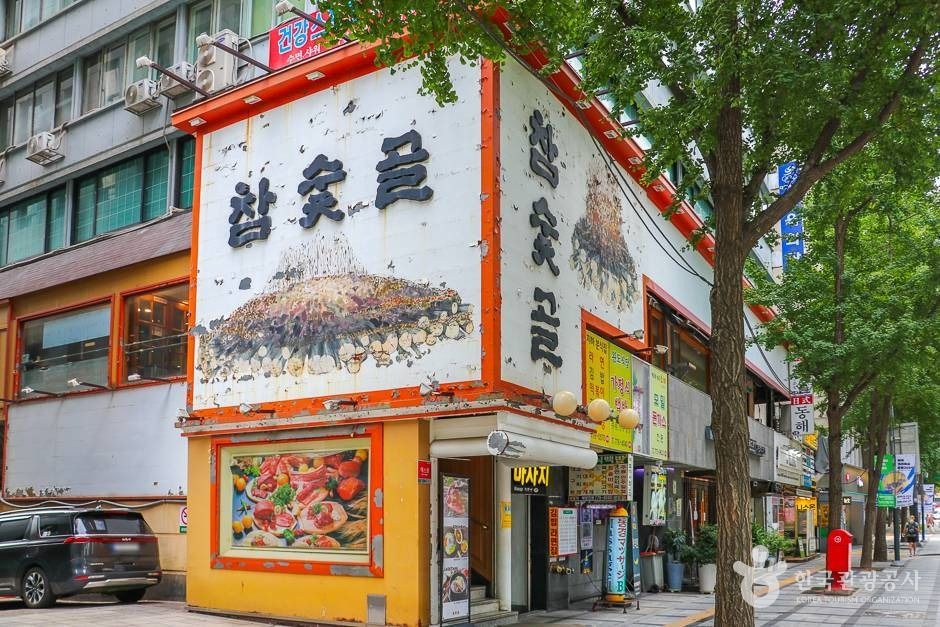
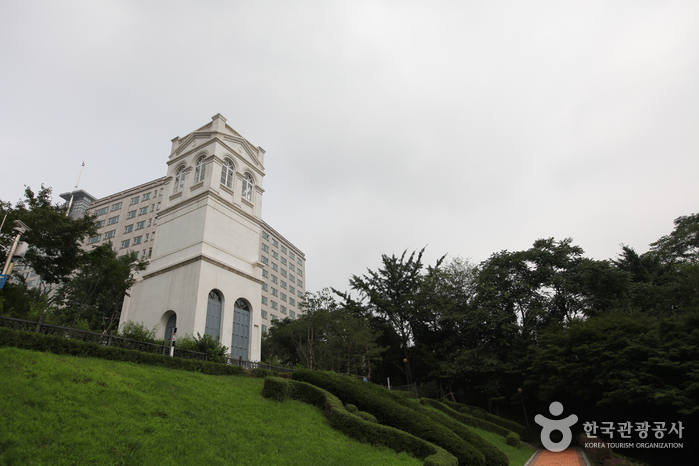
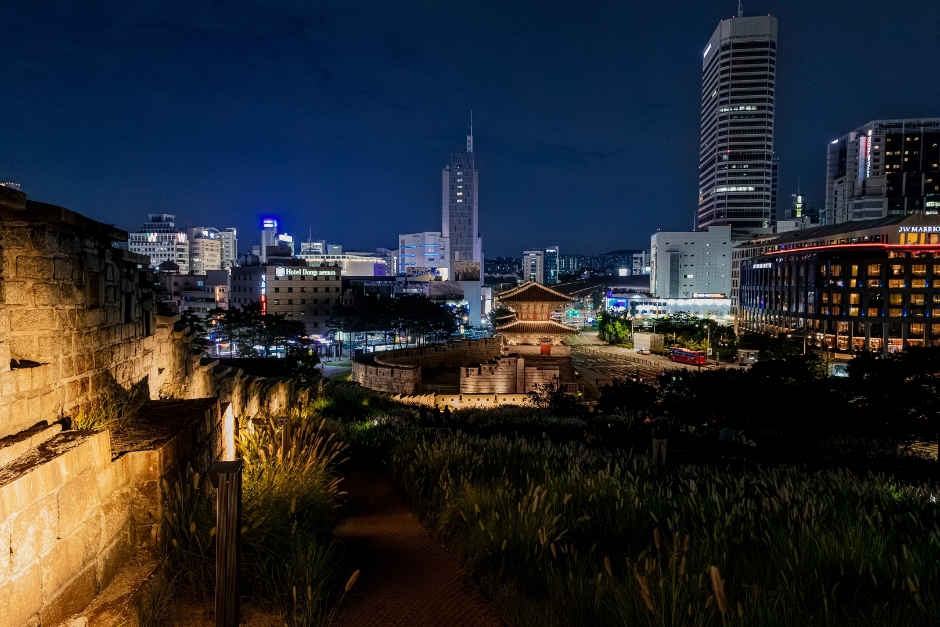
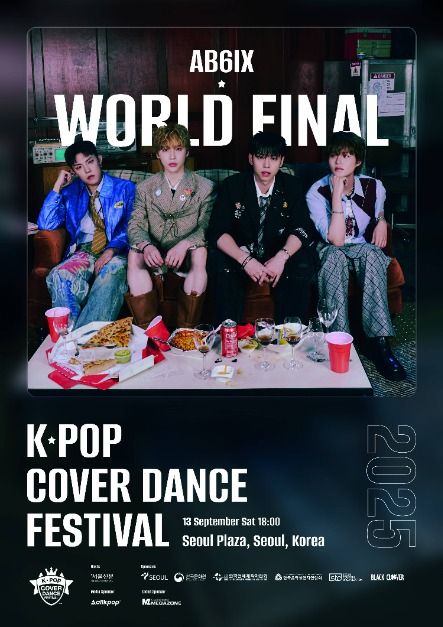
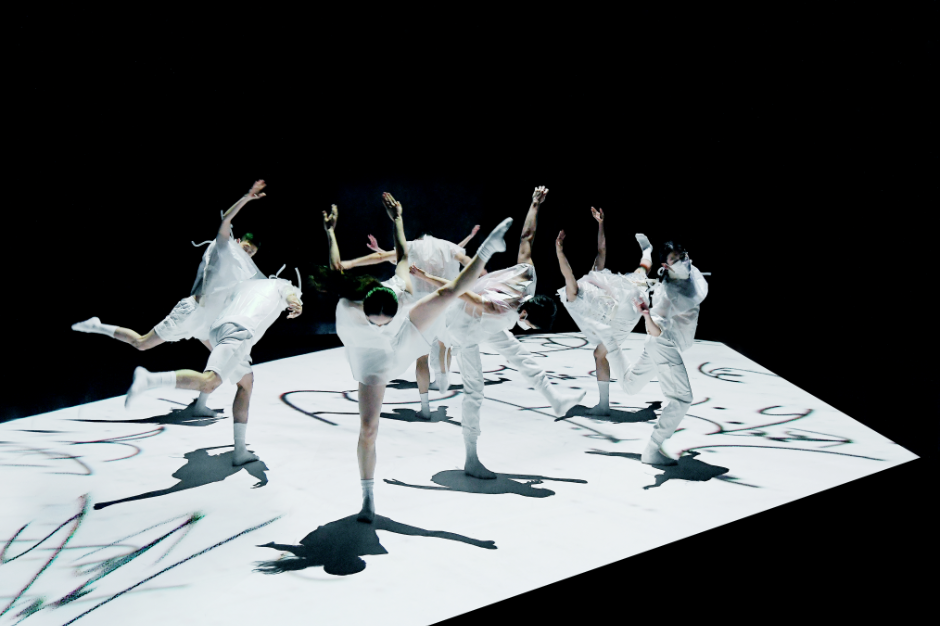
 Español
Español
 한국어
한국어 English
English 日本語
日本語 中文(简体)
中文(简体) Deutsch
Deutsch Français
Français Русский
Русский